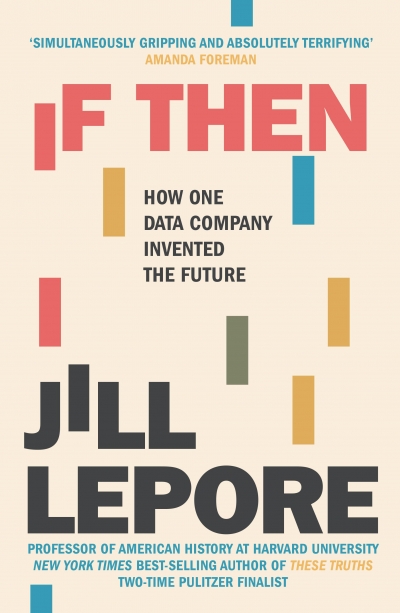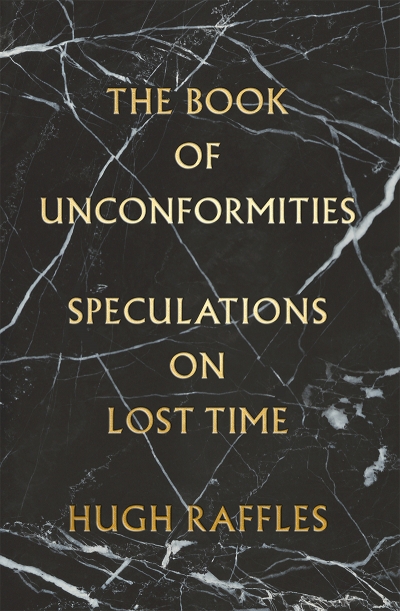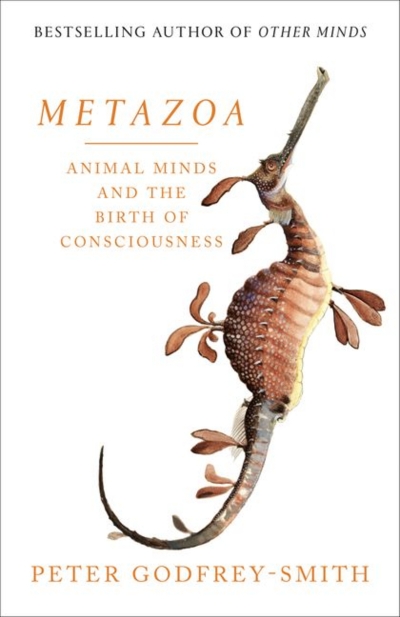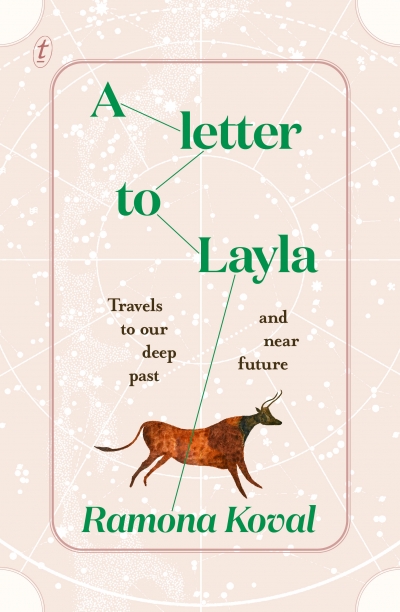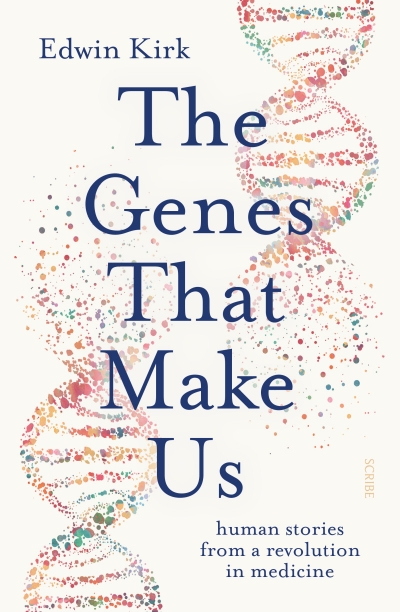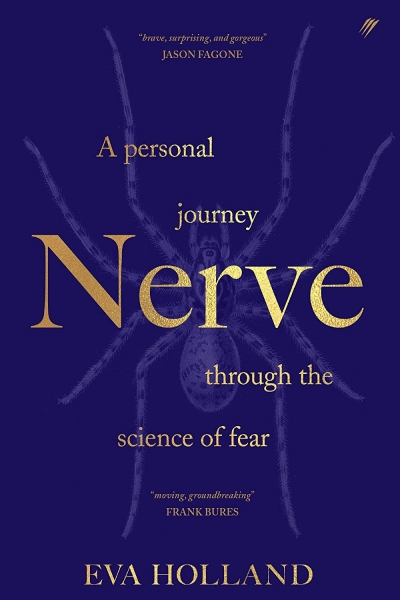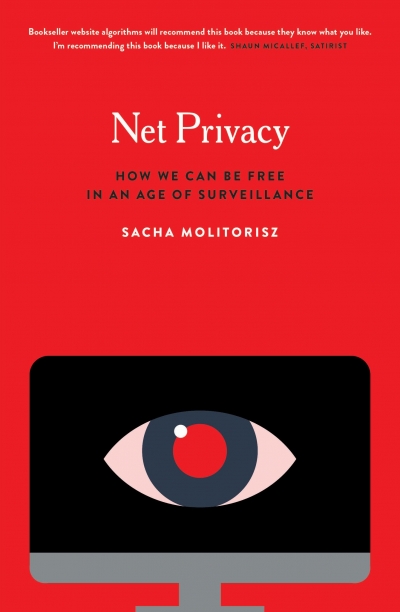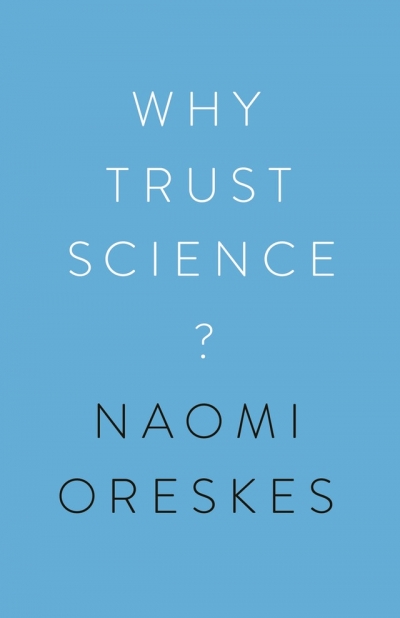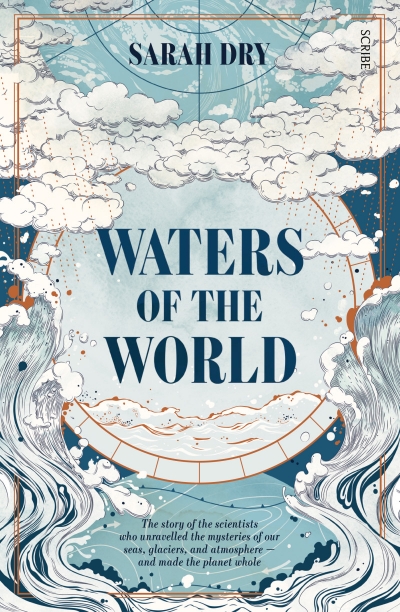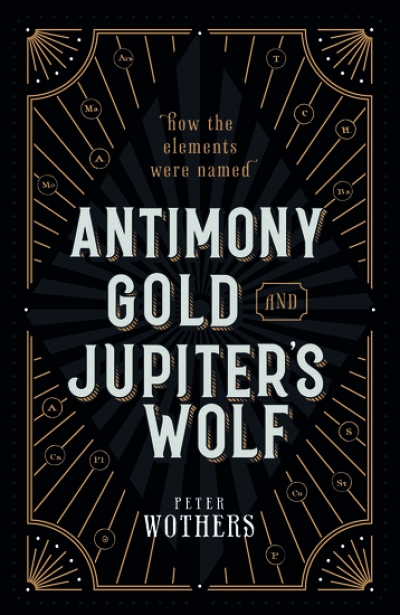Science and Technology
If Then: How one data company invented the future by Jill Lepore
Long before Amazon, Twitter, and Facebook, a company called Simulmatics Corporation sought to predict and control human behaviour through the analysis of big data. If Then tells the story of that company, from its humble beginnings in a tiny office on Madison Avenue to the hallways of political power in Washington, DC.
... (read more)The Book of Unconformities: Speculations on lost time by Hugh Raffles
Undertaking fieldwork in Iceland, anthropologist Hugh Raffles was combing a beach when he noticed, and became transfixed by, a ‘large rectangular black stone’. So transfixed, in fact, that he decided to take it back to New York. On his return to his car, everything was in chaos. The alarm went off, piercing the tranquil landscape; the ‘door open’ icon flashed, despite all the doors being closed. Raffles began to drive, but the alarm and blinking light were unceasing. So he pulled over, gently placed the stone by the side of the road and drove on in relieved silence. Upon hearing this story, his Icelandic friends laughed knowingly. ‘Everything is alive,’ they said. Later, poring over archival material, Raffles discovered that the coastline on which his brush with the supernatural had occurred was known for causing chaos with ships’ navigational instruments, ‘perhaps because of high levels of magnetite grains in the basalt’.
... (read more)Metazoa: Animal minds and the birth of consciousness by Peter Godfrey-Smith
One of the blessings of Covid-19 lockdown was discovering the wildlife cameras streaming on the internet in real time. With a click it became possible to observe brown bears catching salmon in Alaska, sea lions clambering on and off a rocky beach in British Columbia, and white-bellied sea eagles nesting in an eyrie high in bushland on Sydney’s fringes. Watching newly fledged eaglets literally stretching their wings as they stare across the treetops, it’s impossible not to wonder what they must experience in that moment, as they sense for the first time the instinctive urge to take flight. What does it feel like to be a bird? What sense does a bird have of itself as a subjective, experiencing being? How might its consciousness be characterised?
... (read more)A Letter to Layla: Travels to our deep past and near future by Ramona Koval
A Letter to Layla is very much a book of our times. Its impetus lies in our rapidly changing climate, and it concludes with the unexpected impact of Covid-19. In between, the book explores both our distant past and our future.
... (read more)The Genes That Make Us: Human stories from a revolution in medicine by Edwin Kirk
The announcement in June 2000 that a first draft of the human genome had been completed was rightly recognised as a landmark in scientific endeavour. Predictions were that the sequencing of the genome would allow for the pinpointing of genes responsible for conditions such as Alzheimer’s and heart disease, and lead to finely targeted, even personalised, treatments for a range of disorders. That these ambitions are still some way from being met doesn’t make the discovery any less remarkable. The Human Genome Project (HGP) gave us the capacity to read the basic building blocks of life. Research into the human genome is teaching us that the relationship between our approximately 30,000 genes and who we are is enormously complex, the result not merely of the action of individual genes but also of the ways in which those genes interact with each other and with their environment.
... (read more)Nerve: A personal journey through the science of fear by Eva Holland
While climbing in British Columbia, Canadian writer and journalist Eva Holland becomes paralysed by fear. She has long been troubled by exposed heights, but this is different. What she experiences is an ‘irrational force’ that prevents her from moving. It is only the dogged encouragement of friends that allows her to make her tentative way back down the mountain.
... (read more)Net Privacy: How we can be free in an age of surveillance by Sacha Molitorisz
Spare a thought for the other existential crises. Remember climate change? Wealth inequality? The rising tide of fascism? Then there’s our newest apocalypse: bad technology. When we look back, the three years from late 2016 to early 2020 will go down as the time the scales fell from our eyes. Maybe the devices we have insinuated into nearly every moment of our lives had their own aims for us all along – our time, our attention, our outrage. In 2018, the runner-up for the Oxford Dictionary’s word of the year was ‘techlash’: ‘A strong and widespread negative reaction to the growing power and influence of large technology companies, particularly those based in Silicon Valley.’
... (read more)In lectures delivered at Princeton University in November 2016, science historian Naomi Oreskes asked why, at a time when the epistemological and cultural relevance of science is subject to increasing doubt, we should still have confidence in science as our primary source of knowledge about the physical world. Why Trust Science? is the culmination of those lectures, and includes not only Oreskes’s appraisal of the scientific method but also four commentaries on the lectures. It is a work predicated, rightly or wrongly, on the assertion that the eminence of science ‘can no longer be maintained without argument’.
... (read more)Waters of the World: The story of the scientists who unraveled the mysteries of our oceans, atmosphere, and ice sheets and made the planet whole by Sarah Dry
The publication of Rachel Carson’s book Silent Spring (1962) is widely regarded as one of the key moments in the development of the global environment movement. In the wake of Silent Spring, science fiction writer Frank Herbert published the first of the Dune series in 1965. Herbert presented complex descriptions of alternate planetary ecologies, with influential characters known as ‘planetologists’ (a new film version is due out this year). In 1972, the image of the ‘Blue Marble’ was released, a photo of Earth taken by the Apollo 17 crew on their way to the moon, also widely considered to be critical in influencing public understandings of our finite planet. Each of these developments extended a long history of exploratory research, experimentation and imagination about the deep and complex connections of Earth systems. Sarah Dry’s Waters of the World investigates six critical figures in this history.
... (read more)Antimony, Gold, and Jupiter’s Wolf: How the elements were named by Peter Wothers
Imagine you’re trying to make sense of the universe five hundred years ago, when astronomers believe there are just seven visible ‘planets’ wandering about the Earth: the sun and moon plus Mercury to Saturn. Intriguingly, there are also seven known metals: gold, silver, copper, iron, tin, lead, and mercury. For hundreds of years there have been just seven known ‘planets’ and seven metals. Wouldn’t you be just a little tempted to see more than a coincidence here? Take gold, for example, which ‘does not react with anything in the air or the ground, and so retains its brilliance seemingly forever’: surely its power is similar to that of the ever-shining sun?
... (read more)

